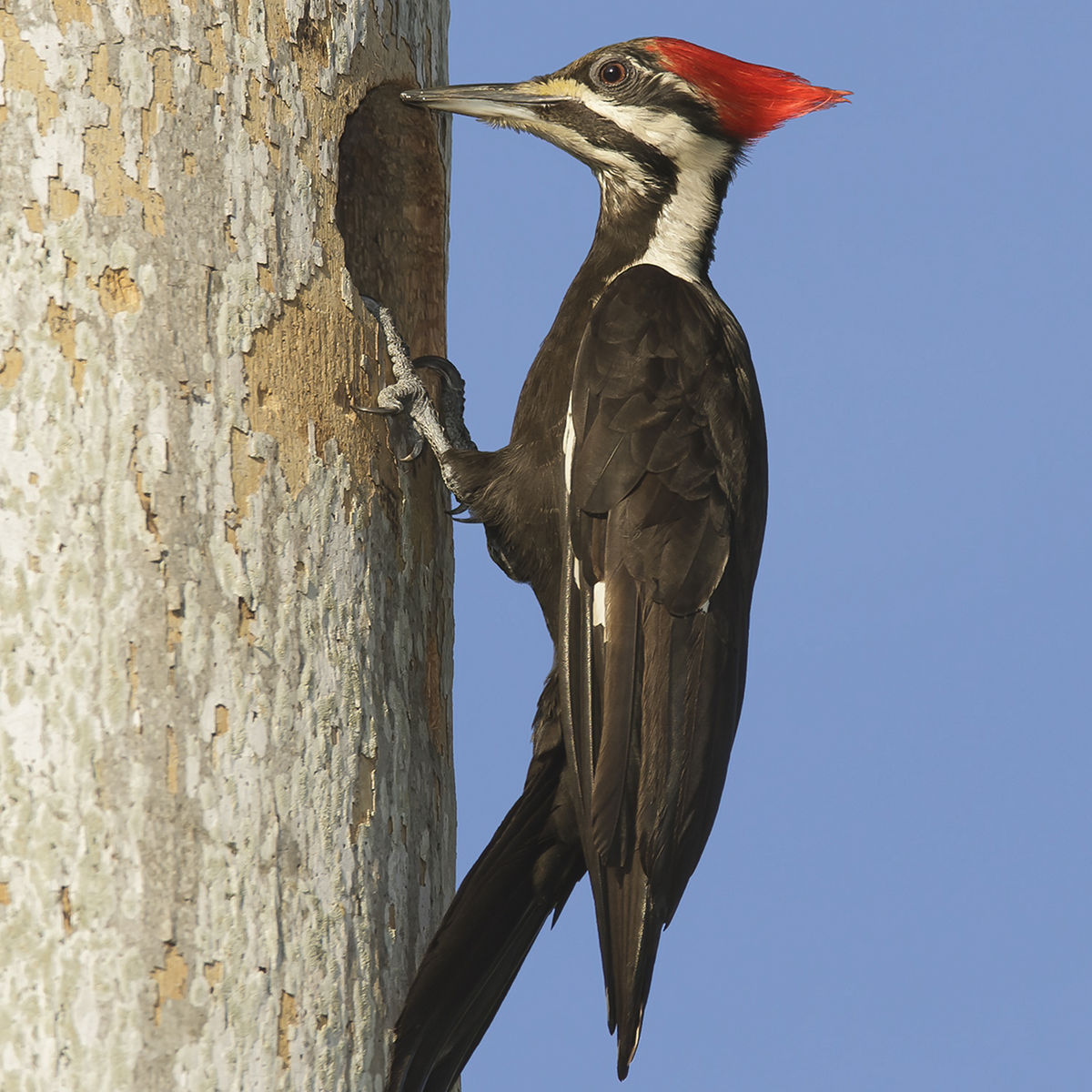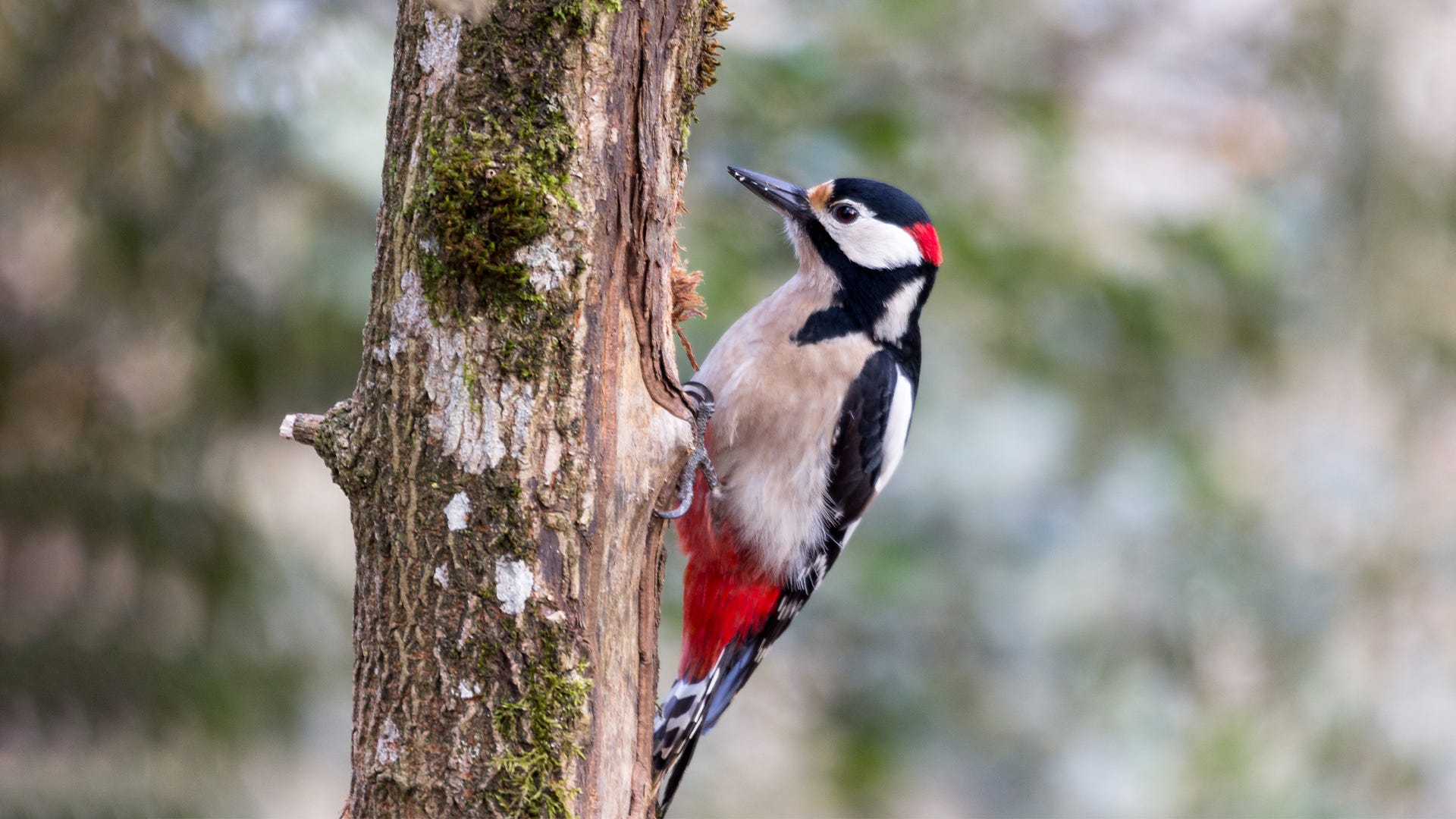Woodpeckers Unleashed: Exploring the Marvels of These Competent Tree Climbers
Woodpeckers, with their distinct markings and rhythmic drumming echoing via wooded areas, hold a distinct area in the bird world. Their specialized makeup and adaptations allow them to navigate upright surfaces with unrivaled ability. Their mastery of tree climbing is just one element of their remarkable behavior. As we delve into the complex information of woodpeckers' nesting routines, feeding methods, and the continuous conservation initiatives to protect these amazing birds, a deeper appreciation for their area in nature unravels.
Anatomy and Adaptations
When taking a look at the makeup and adaptations of woodpeckers, one can observe amazing functions that make it possible for these birds to flourish in their specialized eco-friendly specific niche. Furthermore, woodpeckers have zygodactyl feet, with 2 toes facing ahead and two facing in reverse, giving a company hold on tree trunks while they look for food or drum for interaction.
Furthermore, woodpeckers have an one-of-a-kind tongue framework that is long, barbed, and sticky, allowing them to draw out insects from gaps in wood. This specific adaptation allows woodpeckers to make use of a food resource that is unattainable to lots of other bird types. Generally, the composition and adaptations of woodpeckers display the exceptional evolutionary options that have actually allowed these birds to thrive in their arboreal environment.
Drumming Actions
Having explored the composition and adjustments of woodpeckers, the emphasis currently shifts to comprehending their drumming actions, a distinctive element of their communication and territorial display screens. Drumming is an essential form of interaction amongst woodpeckers, serving numerous functions such as developing areas, attracting friends, and signaling alarm. Each woodpecker types has an unique drumming pattern that assists people recognize members of their own varieties and identify them from rivals or killers.
Woodpeckers create drumming noises by swiftly pecking on resonant surfaces such as dead trees, utility poles, or also metal items, creating a collection of balanced beats. The strength and speed of drumming can differ based on the function; as an example, a quick drumming series might signify aggression in the direction of trespassers, while a slower and softer drumming pattern can show courtship (Woodpeckers in Florida). Furthermore, woodpeckers might adjust the frequency and period of their drumming to convey specific messages effectively
Nesting Practices
Exploring the nesting habits of woodpeckers reveals remarkable understandings right into their reproductive habits and habitat selections. Woodpeckers are understood for their distinct nesting preferences, usually excavating dental caries in trees to produce sheltered areas for increasing their young. These tooth cavities offer not only as a nesting site yet likewise as a protected refuge from predators and harsh weather condition.
Woodpeckers exhibit a high degree of integrity to their nesting websites, commonly returning to the exact same area year after year. This actions highlights the relevance of appropriate habitat schedule for their reproductive success. The selection of a nesting site is vital for woodpeckers, with aspects such as tree species, height, and decay phase playing significant duties in their decision-making procedure.
Interestingly, some woodpecker types are known to excavate numerous dental caries within their region, supplying themselves with different nesting choices. This method may work as a form of insurance policy versus prospective dangers or disruptions to their primary nesting website.

Feeding Techniques
One of the most unique feeding actions of woodpeckers is drumming, which entails rapid pecking on trees to uncover pests below the bark. Woodpeckers are likewise recognized to excavate cavities in trees to accessibility hidden insect larvae or sap. Some varieties, like the acorn woodpecker, store nuts in specifically created openings called granaries.
Conservation Initiatives
In the middle of the complex feeding techniques displayed by woodpeckers, the preservation efforts targeted at securing these remarkable birds play an essential function in preserving their habitats and populaces. Woodpeckers encounter numerous hazards to their survival, including habitat loss because of deforestation, environment modification modifying their environments, and collisions with manufactured structures such as structures and vehicles - Woodpeckers in Florida. Preservationists are actively functioning to attend to these see difficulties and guarantee the lasting health of woodpecker species

Education and learning and public awareness campaigns are also important elements of woodpecker conservation efforts. By increasing understanding regarding the value of these birds in keeping healthy and balanced woodland ecological communities, preservationists can garner assistance for environment preservation initiatives and advertise liable land management practices. With joint initiatives in between researchers, policymakers, and local neighborhoods, we can interact to protect a future where woodpeckers flourish in their website link natural environments.
Conclusion
